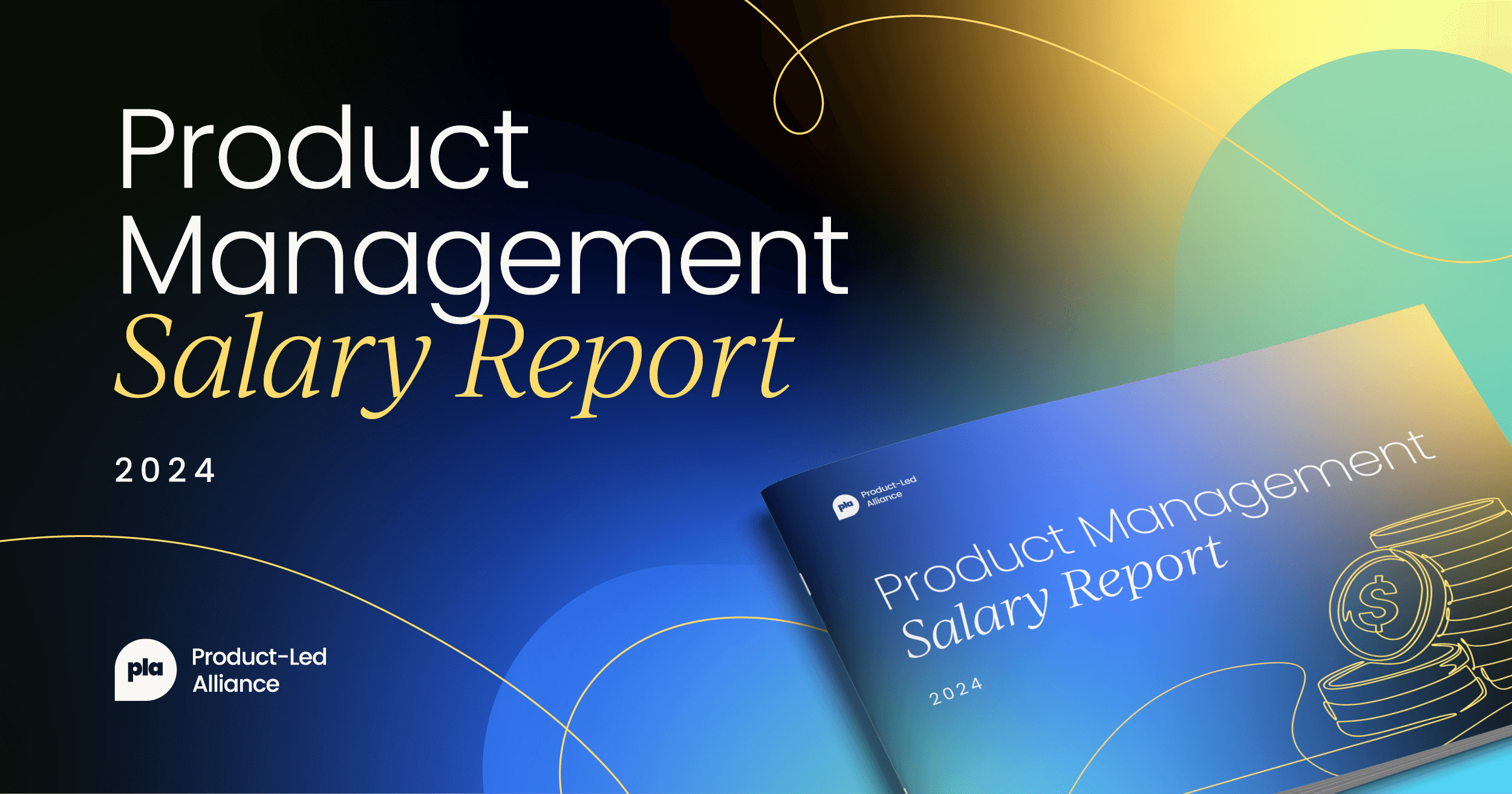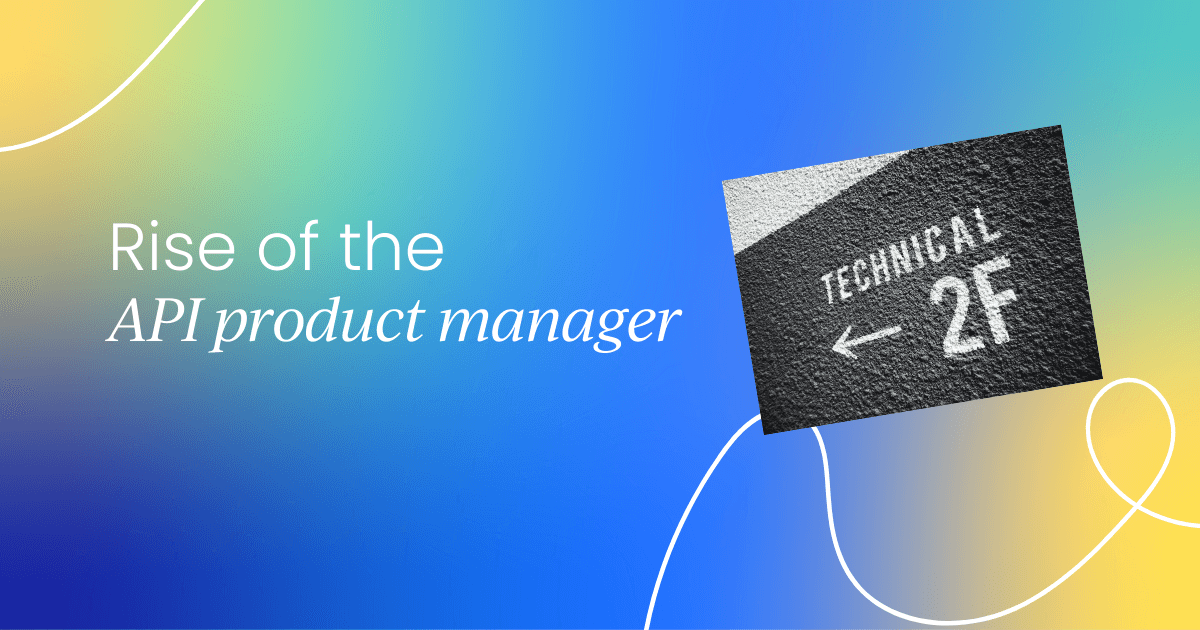In tech, everything changes at breakneck speed, and Application Programming Interfaces (APIs) have quietly become the backbone of software ecosystems. From enabling seamless integration between apps to supporting scalable architectures, APIs are everywhere.
But with this comes a unique challenge: how do we manage APIs as products? Enter the API product manager, a role that is growing in demand and importance across industries.
If you're wondering what an API product manager does, how the role fits into the broader product management landscape, or whether it’s the next step in your career, you're in the right place. Let’s dive into what makes this role both exciting and essential.
What does an API product manager do?
API product managers are the strategists and visionaries behind APIs. Unlike traditional product managers who might focus on consumer-facing products, API product managers are more technical and developer-centric. Their responsibilities include:
- Understanding business needs: APIs often support business-critical operations. For example, think of Stripe’s API enabling e-commerce sites to process payments. An API product manager needs to align the API’s capabilities with strategic business goals.
- Defining API roadmaps: Much like other product managers, API PMs craft roadmaps—but with a twist. They focus on features like security protocols, rate limiting, and developer usability. For instance, a company launching a new weather API must consider how frequently users can ping their servers and what type of data is most valuable to developers.
- Collaborating with technical teams: Since APIs are inherently technical, API PMs must work closely with engineers. They bridge the gap between high-level business objectives and low-level implementation details, ensuring APIs are scalable, reliable, and developer-friendly.
- Engaging with developers: The developer community is the primary user base for APIs. API product managers often create documentation, host webinars, or participate in forums to foster adoption and gather feedback.
Why are API product managers in demand?
As companies embrace digital-first strategies, the demand for APIs has surged, making the role more critical than ever. APIs drive business growth by enabling multi-billion-dollar successes like Twilio, whose API-first strategies power essential functionalities such as their communication APIs. This integrates messaging and voice capabilities into their platforms to generate significant revenue streams.
APIs also allow companies to monetize their data and services—Google Maps, for instance, charges developers to embed mapping features into applications. Meanwhile, the growing complexity of API management requires specialized skills. API product managers play a vital role in ensuring APIs align with evolving standards, maintain compatibility, and deliver seamless integrations.
A day in the life of an API product manager
Let’s put theory into practice by walking through a typical day in the life of an API product manager:
Morning: Strategic planning
The day might start with a meeting to discuss the API’s role in a new product launch. For example, if a fintech company is rolling out a new API for real-time credit scoring, the API PM might collaborate with stakeholders to define KPIs, such as adoption rates or average response times.
Midday: Developer engagement
Next, they might review feedback from developers using the API. Imagine an e-commerce API where developers are struggling with outdated documentation. The API PM could coordinate with technical writers to update guides and tutorials, ensuring a smoother experience.
Afternoon: Technical collaboration
Later, the PM might dive into a technical review with engineers. For instance, if the API’s latency exceeds acceptable thresholds, they’ll work together to identify bottlenecks and prioritize fixes.
Evening: Competitive analysis
Before wrapping up, the API PM could analyze a competitor’s API offerings to identify gaps or opportunities. For example, if a competitor’s API supports advanced filtering features, the PM might advocate for adding similar capabilities to their roadmap.
Skills every API product manager needs
Transitioning into API product management requires a mix of technical and soft skills. Here are the essentials:
- Technical proficiency: While you don’t need to be an engineer, understanding API fundamentals—like REST, GraphQL, and JSON—is crucial. Familiarity with tools like Postman can also be a game-changer.
- Communication skills: APIs are the ultimate “invisible” product. Explaining their value to non-technical stakeholders requires exceptional storytelling abilities.
- User empathy: Developers are the primary users of APIs, and their needs are unique. Understanding pain points, like poor documentation or slow response times, is essential.
- Data-driven mindset: API performance metrics—such as uptime, latency, and error rates—must inform decision-making. API PMs should be comfortable analyzing data to optimize the user experience.
Challenges they face
Like any role, API product management isn’t without its hurdles:
- Balancing technical and business needs: Prioritizing features that align with business goals while satisfying developer demands can be a tightrope walk.
- Maintaining backward compatibility: Deprecating old APIs without breaking existing integrations is a complex task that requires careful planning and communication.
- Security concerns: APIs are often a target for cyberattacks. API PMs must collaborate with security teams to implement robust authentication and data protection measures.
How to Become an API product manager
If the role of API product manager feels like the perfect fit, there are several steps you can take to break into it. Start by building your technical knowledge of API concepts through online courses on platforms like Coursera or Udemy, which offer a solid foundation.
Gain general product management experience first if you’re new to the field, and then specialize in APIs. Networking is key—attend industry events, participate in online forums, or join API hackathons to connect with professionals in the space.
Finally, showcase your relevant projects and highlight any experience managing technical products or collaborating with developers in your portfolio or resume to stand out.
The future of API PMs
As industries adopt API-first strategies, the demand for skilled API Product Managers will continue to grow. Emerging trends, such as API marketplaces, low-code/no-code tools, and the integration of AI into APIs, will open new opportunities and challenges for this role.
For instance, AI-powered APIs like OpenAI’s GPT models have shown how APIs can democratize access to cutting-edge technology. API PMs working in that area must navigate those unique challenges, from ethical considerations to scaling usage.
Final thoughts
If you’re a product manager looking to specialize, a developer aiming to transition into product management, or a tech enthusiast exploring career options, this field offers exciting opportunities to make a significant impact.
So, are you ready to dive into the world of APIs? The future is calling—and it’s connected by APIs.
Are you earning what you deserve as a product manager?
Staying informed about global compensation trends is essential to advancing your career and negotiating effectively.
That’s why we surveyed PMs across the globe to get an in-depth look into what they’re making so you can act accordingly.




 Follow us on LinkedIn
Follow us on LinkedIn




